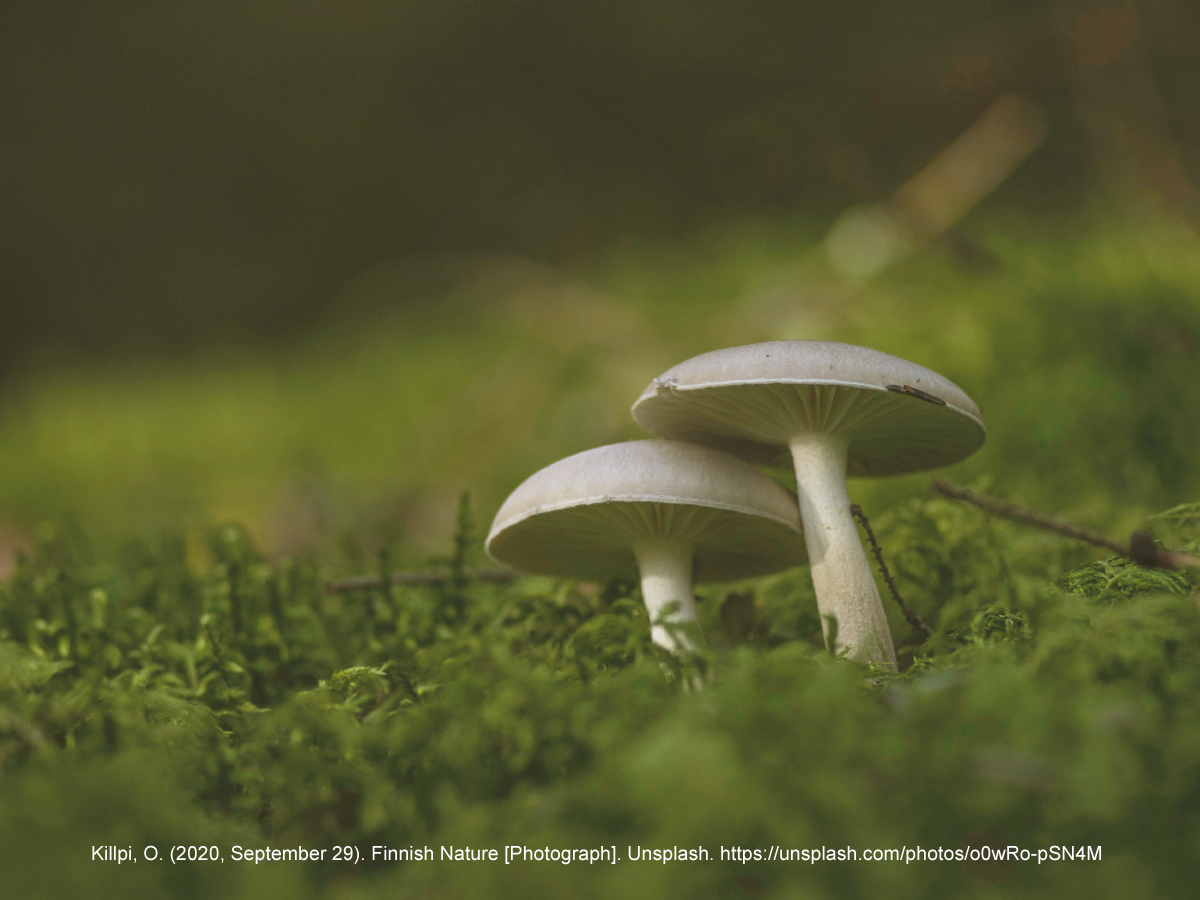This blog post reports on work-in-progress within the DfG course! The post is written by group 1A dealing with Metsähallitus and the Ministry of the environment’s brief on Sustainable nature recreation. The group includes Radhika Motani from the Creative Sustainability program, Ulrika Ura from the International Design Business Management program, Zita Tedjokusumo from the Creative Sustainability program, and Marleena Halonen from the Creative Sustainability program.
Written by: Zita Tedjokusumo
The Finnish nature recreational area has been an integral part of people’s health and well-being, especially during the COVID-19 Pandemic. In 2021, there were over 4 million visitors in Finnish 41 national parks, which is a 25% increase than in the year 2019 (Metsähallitus, 2022). As these national parks are conservation areas, the rise in visitor interaction and footprint can damage the environment and biodiversity.
To prevent increased biodiversity loss in these natural recreational areas, Metsähallitus and the Finnish Ministry aims to promote sustainable use of conservation and recreational areas to reduce visitors’ footprint and encourage sustainable behaviour with nature.
From the visitor’s standpoint, understanding that humans are part of nature and not seeing nature as separate from us or only as resources that benefit us might shift our relationship with the rest of nature. When we understand that we and nature are part of one system, taking care of nature means taking care of us as well, and when we hurt nature, we hurt ourselves.
Acknowledging Our Silent Stakeholder
During the first two weeks of this course, our primary goal was to understand the brief and our stakeholders. Our team was especially interested in the impacts of visitors on the biodiversity in Finnish conservation areas and understanding the current role of Metsähallitus, the Ministry of the environment, and other partnering organizations in protecting biodiversity loss in natural recreational areas.
While making our research goals, we realized that securing biodiversity is our group’s main priority. As we couldn’t interview nature, we’ve assigned each team member to do a desk research to understand the biodiversity threat further. For example, what is the biodiversity loss happening in the Finnish nature recreational area, which species are most impacted by the increase of visitors, and what are the visitor’s activities that most affected the biodiversity there? Unfortunately, we’ve found assessing and finding concrete answers for these questions quite challenging as it’s still hard to measure biodiversity loss and its relation to visitors’ footprints.
We’ve managed to find some insights through the interview with Susanne Nylund (Lead Service Designer in Metsähallitus) regarding the different impacts and attitudes of varying visitor profiles in natural recreational areas. In addition to that, we’re hoping to get more answers regarding ongoing actions and initiatives in restoring biodiversity loss from our interview in week four with Kaisa Junninen (Nature Conservation in Metsähallitus).
Getting to Know the Other Stakeholders
During the second week, March 8, we hosted a roundtable with the different stakeholders from Metsähallitus, The Ministry of the Environment, and The Ministry of Agriculture and Forestry. With the supergroup, we’ve compiled a list of questions to clarify the given brief, understand their goals and challenges, and the relationship between the different stakeholders. One intriguing insight mentioned during the interview was how not all visitors understood that national parks are conservation areas (S. Nylund, Roundtable, March 8, 2022). Liisa Kajala (Lead Specialist, Metsähallitus) responded with an example that they would call national parks “Natural National Parks in Colombia”, “If they call them national parks – people won’t understand that it’s for nature also not just people.” After the interview, we have better clarity on the brief and our commissioners’ goals. We can still take multiple directions through the brief, which we hopefully can narrow down with more information from the upcoming interviews and fieldwork.

Mapping the Visitor’s Journey in Recreational Area
In the third week’s lecture, during the system mapping activity, our group chose to make The Rich Picture system mapping focusing on the visitor’s journey in the recreational area. We mapped out the journey from planning the trip at home, transporting to the recreational sites, navigation and what the visitors might be experiencing in the park, all the way to the thoughts after their visits. Here are some of the insights that we’ve achieved through the systems mapping:
- Need of informative signage about rules and information in strategic places (waste management information on grilling site)
- Digital touchpoints for Metsahallitus to communicate with the visitors (Before coming to the recreational area, On arrival (navigation, documentation), After the visit (memories from photos taken in the area, social media posts)
- Potential for natural recreational areas as two-way communication meeting points between Metsähallitus and citizens.
- Experience gap after leaving the recreational area and future visits. (Not a loop in the map)
We’re planning to have fieldwork research in Nuuksio in the upcoming weeks to enrich our data and perhaps some workshops and collaborative activities with the visitors. This is only the beginning of our journey exploring this brief. Do leave a comment! We’re excited to hear thoughts and inputs or even questions regarding our take of the brief.
The DfG course runs for 14 weeks each spring – the 2022 course has now started and runs from 28 Feb to 23 May. It’s an advanced studio course in which students work in multidisciplinary teams to address project briefs commissioned by governmental ministries in Finland. The course proceeds through the spring as a series of teaching modules in which various research and design methods are applied to address the project briefs. Blog posts are written by student groups, in which they share news, experiences and insights from within the course activities and their project development. More information here about the DfG 2022 project briefs. Hold the date for the public online finale online 09:00-12:00 AM (EEST) on Monday 23 May!

